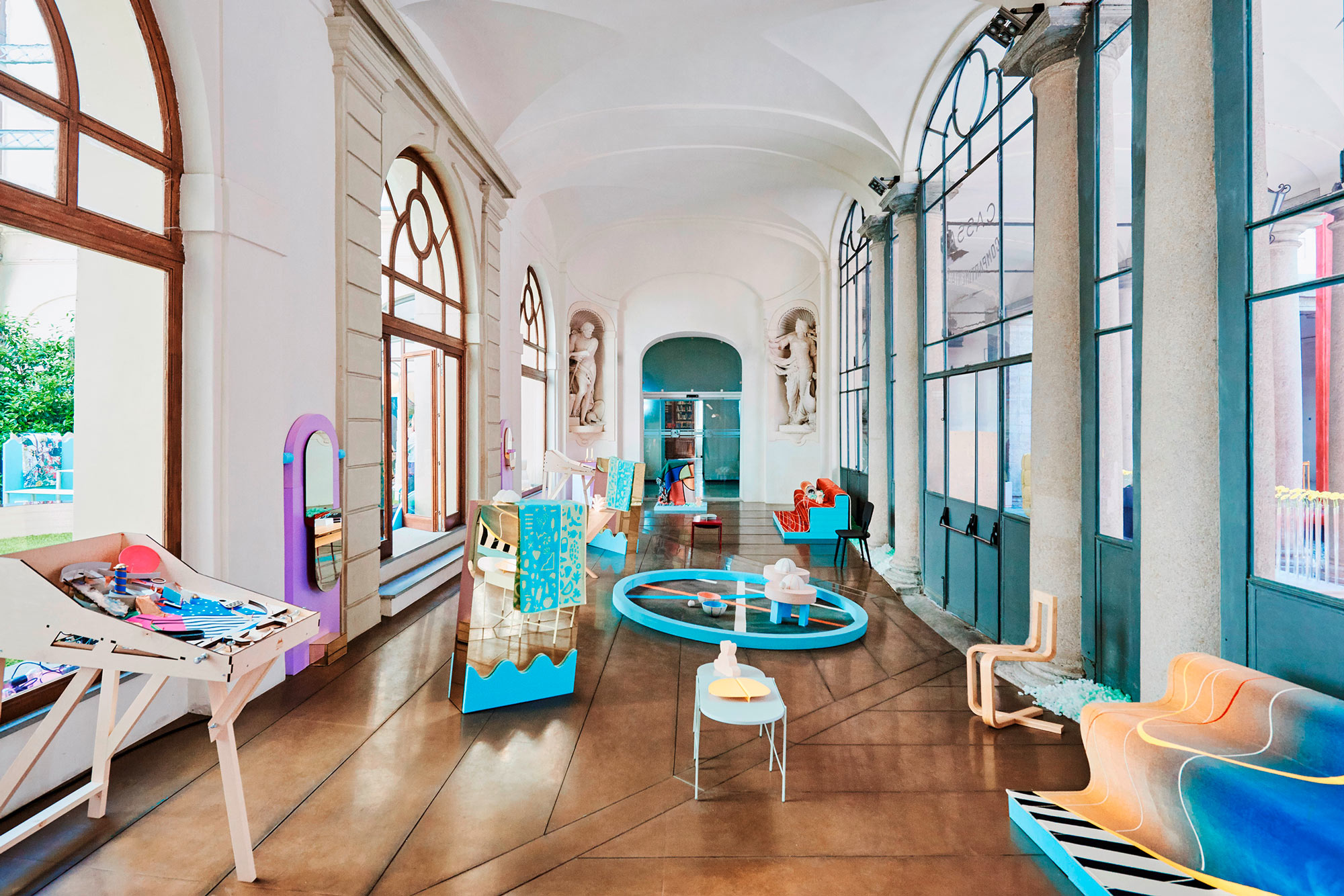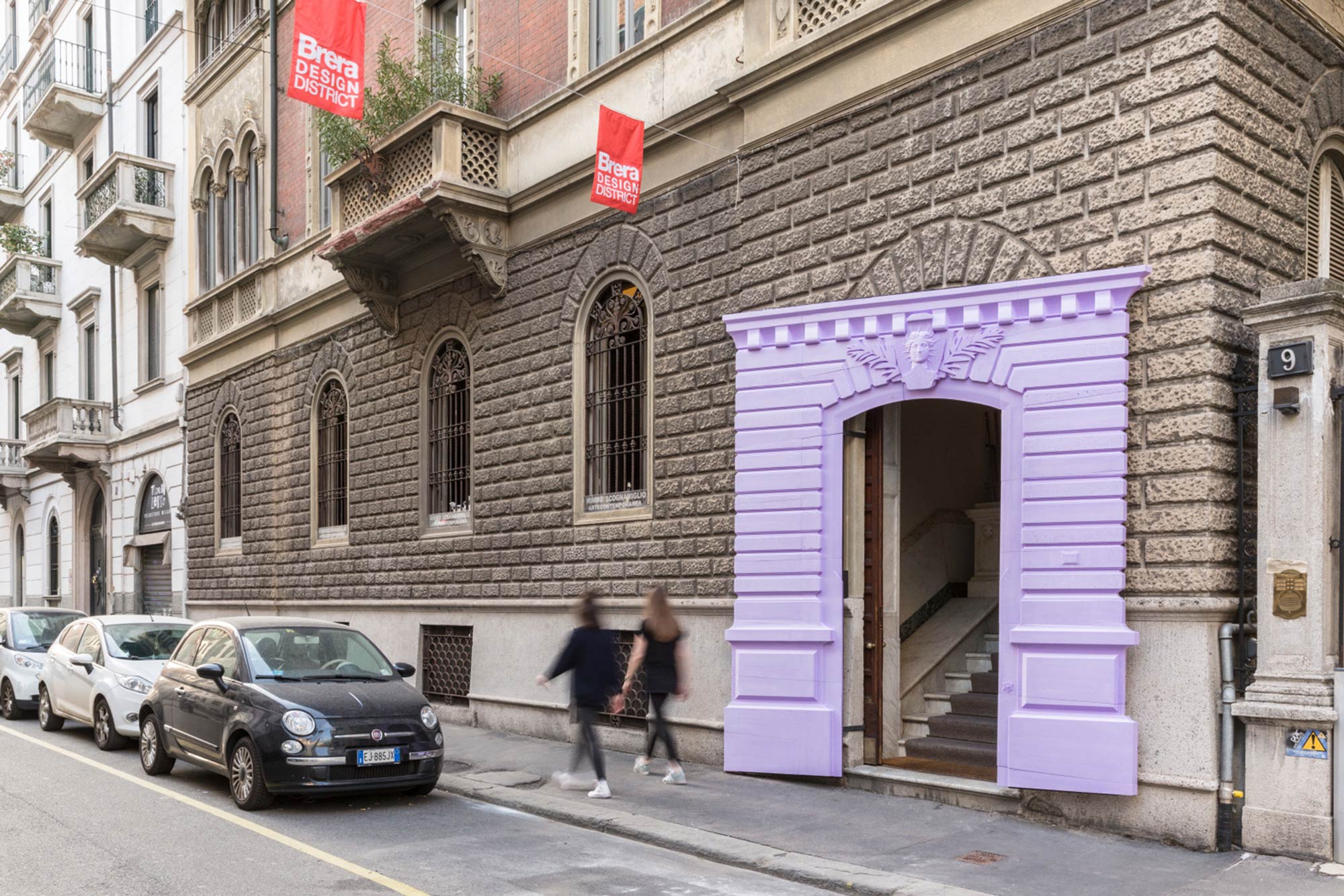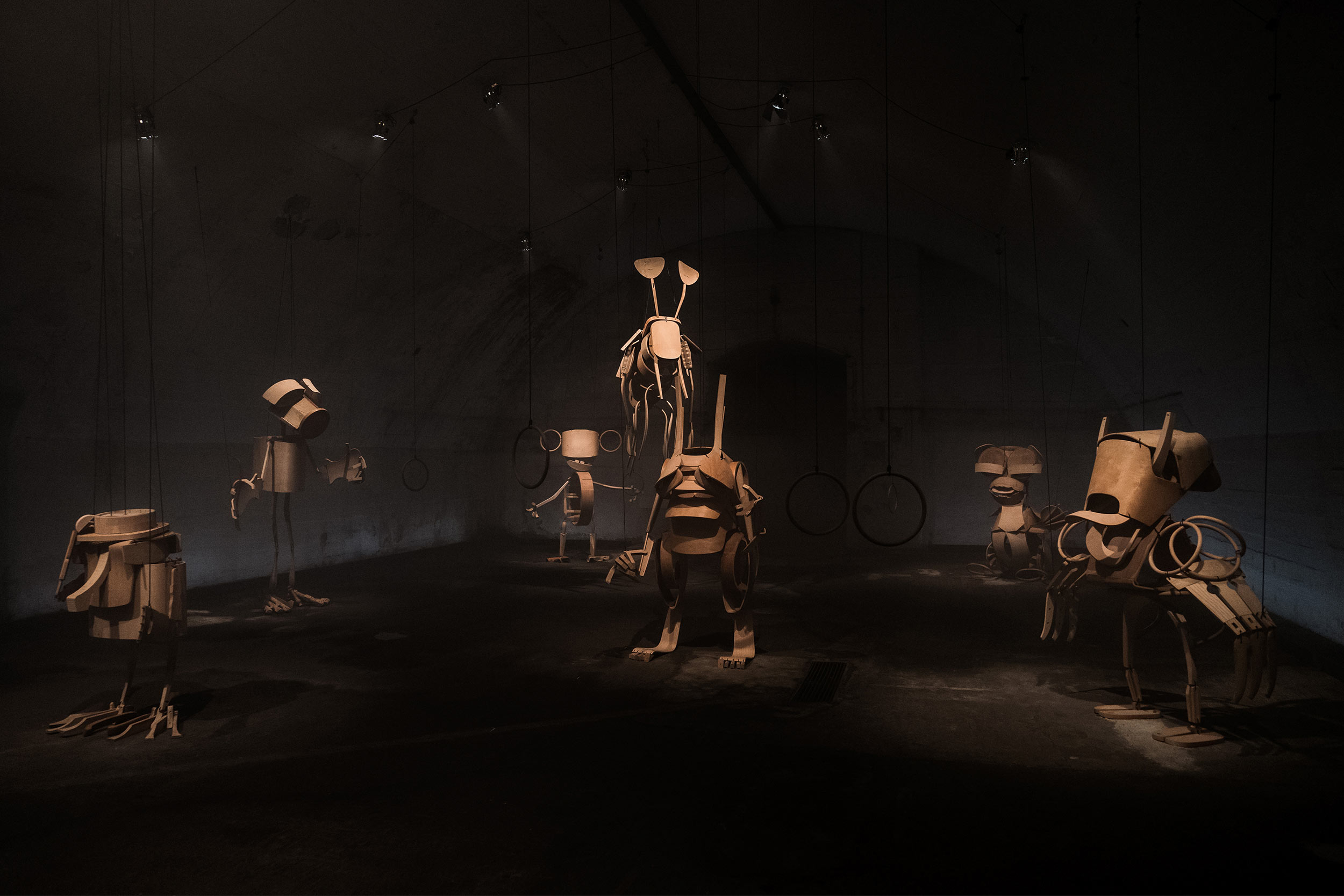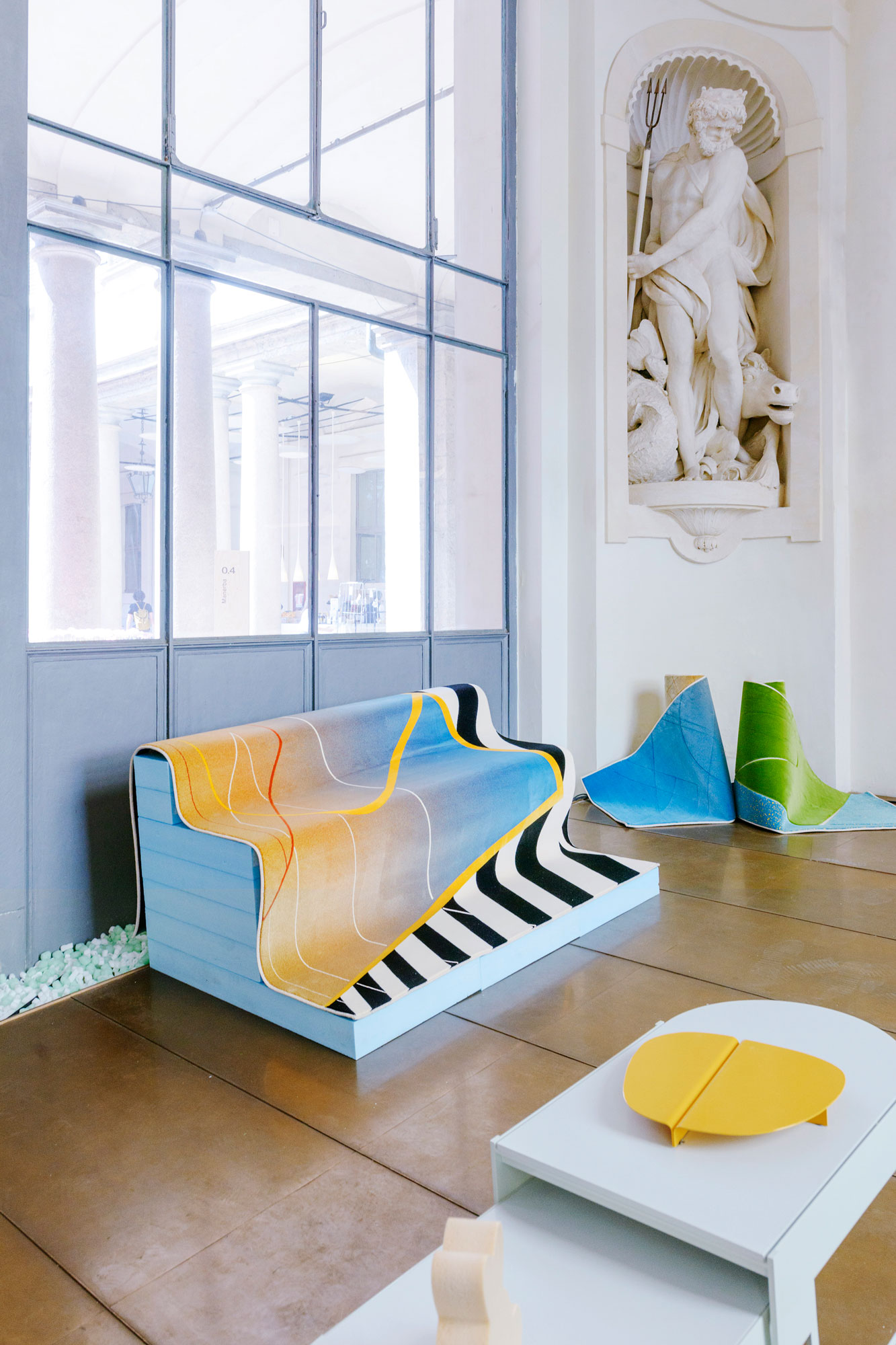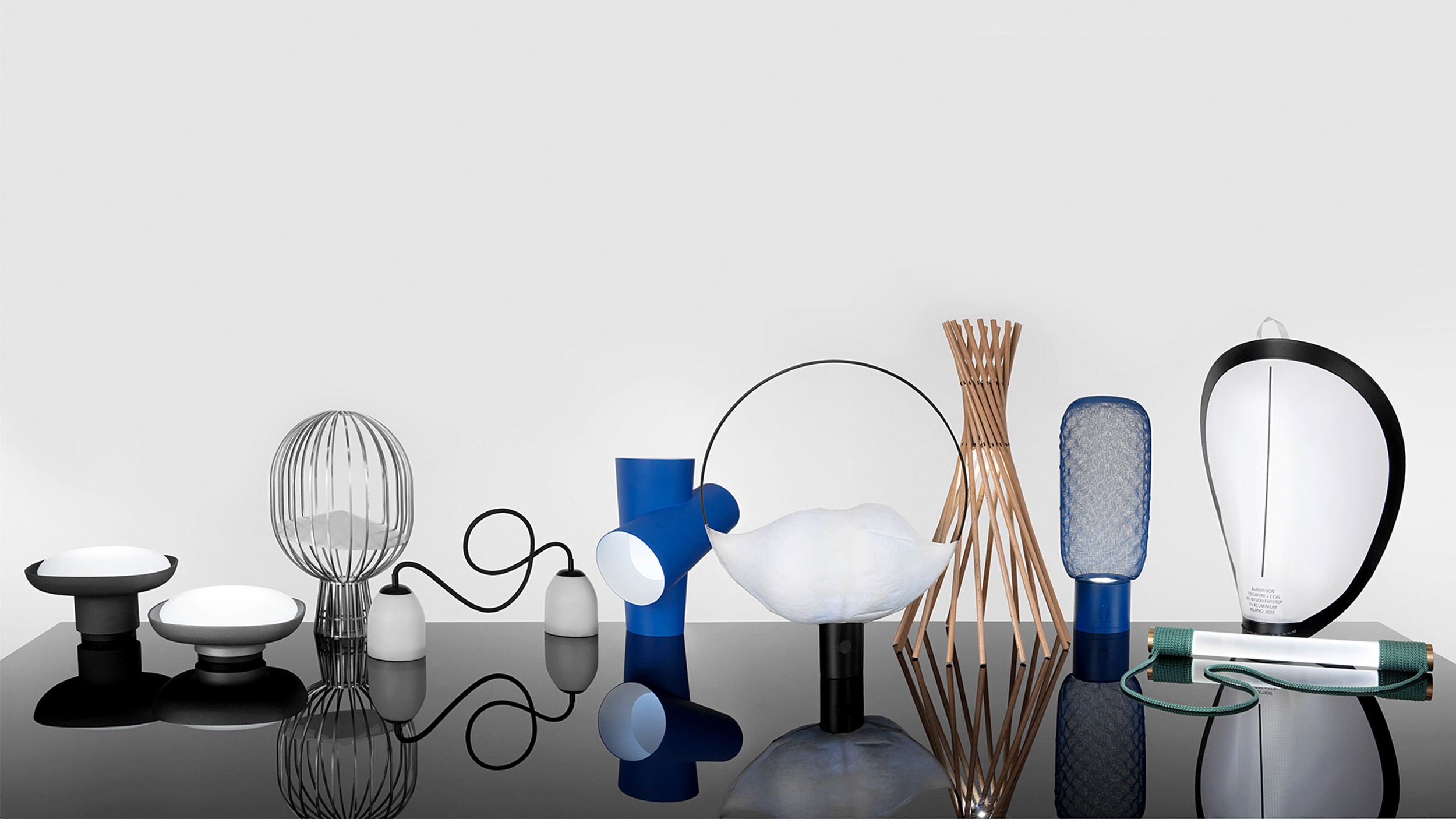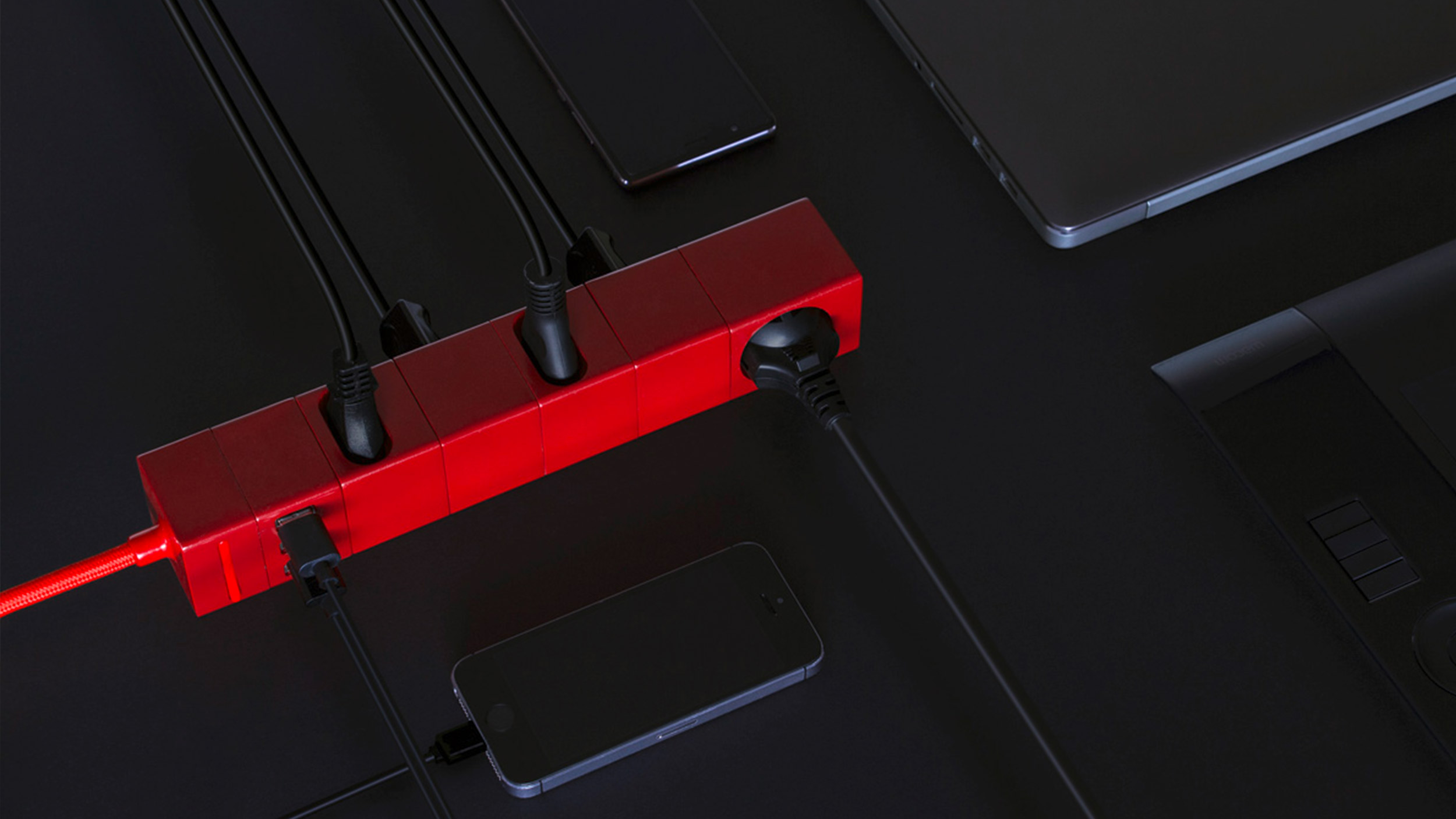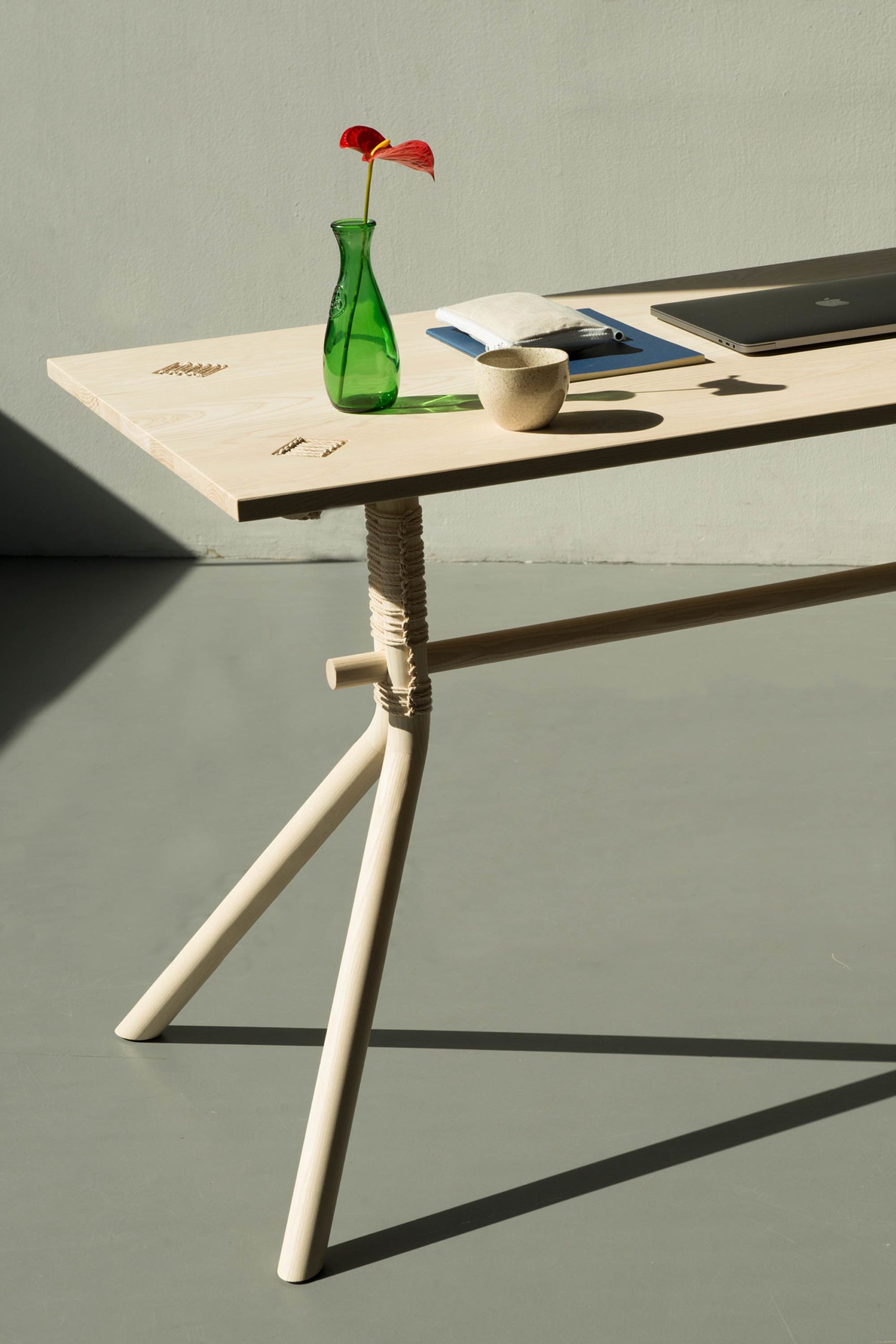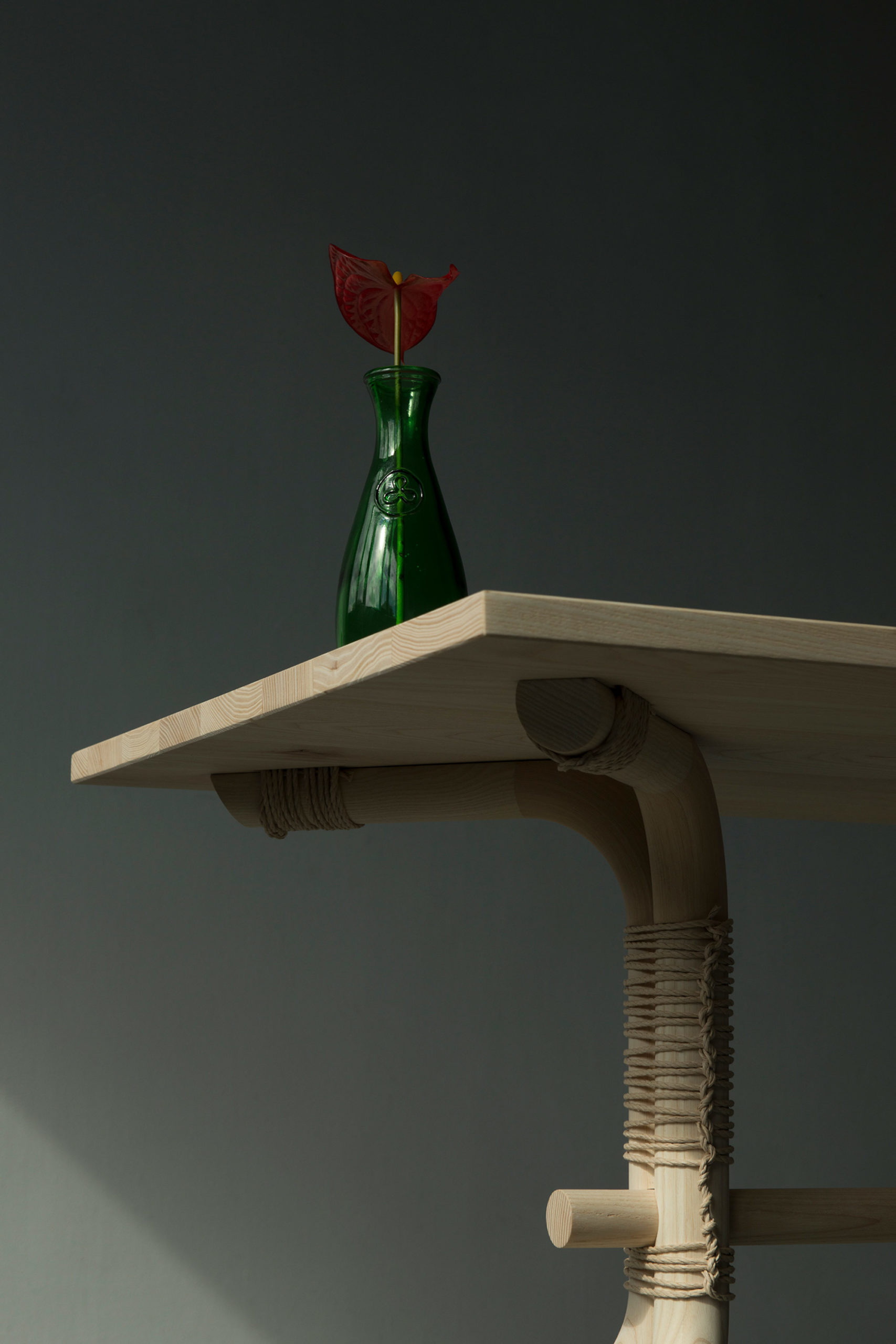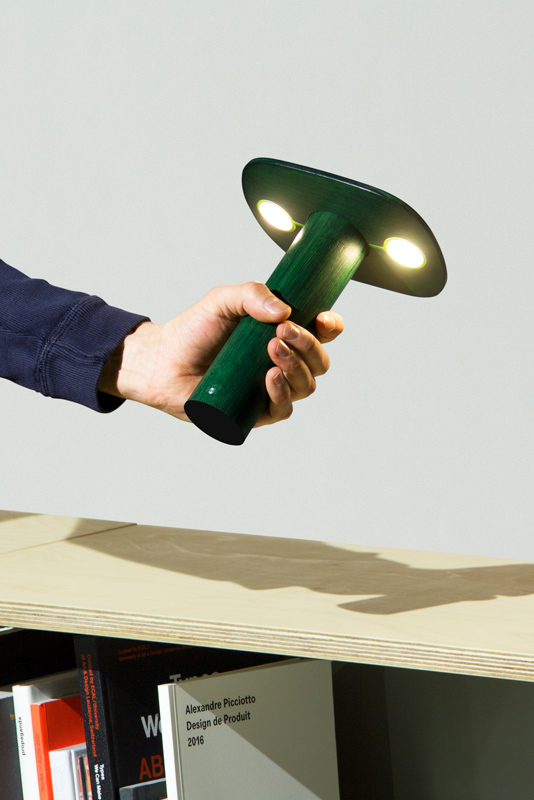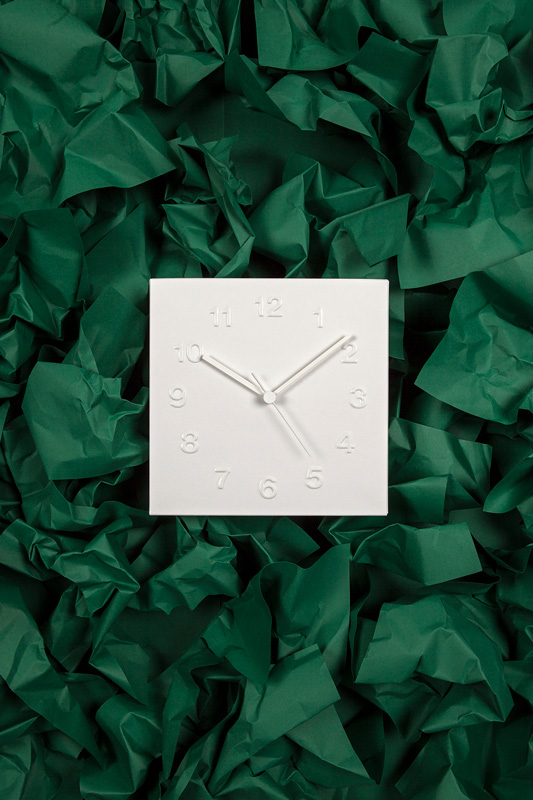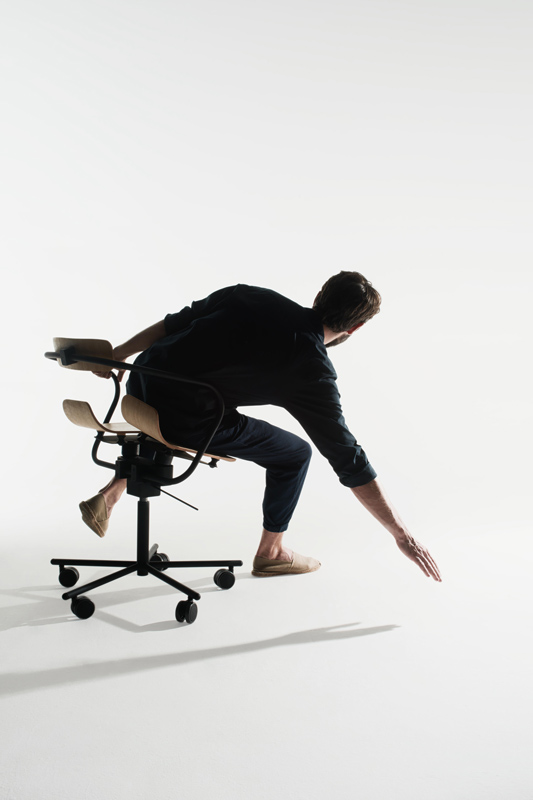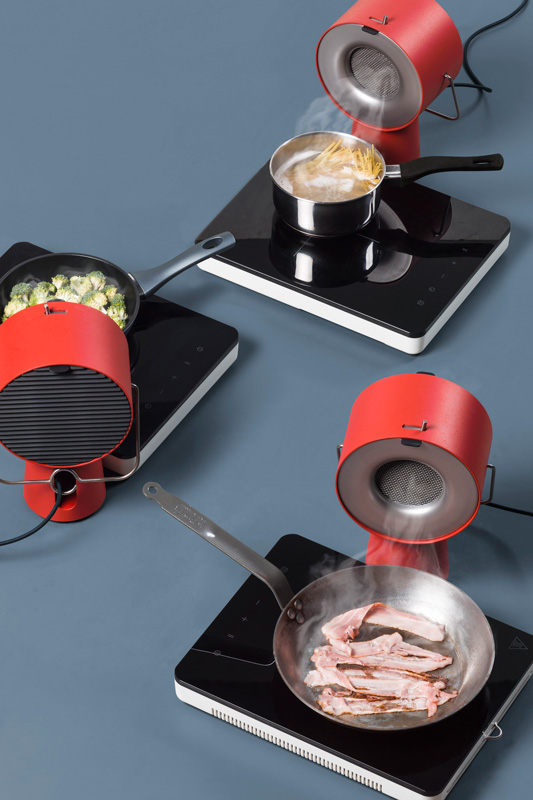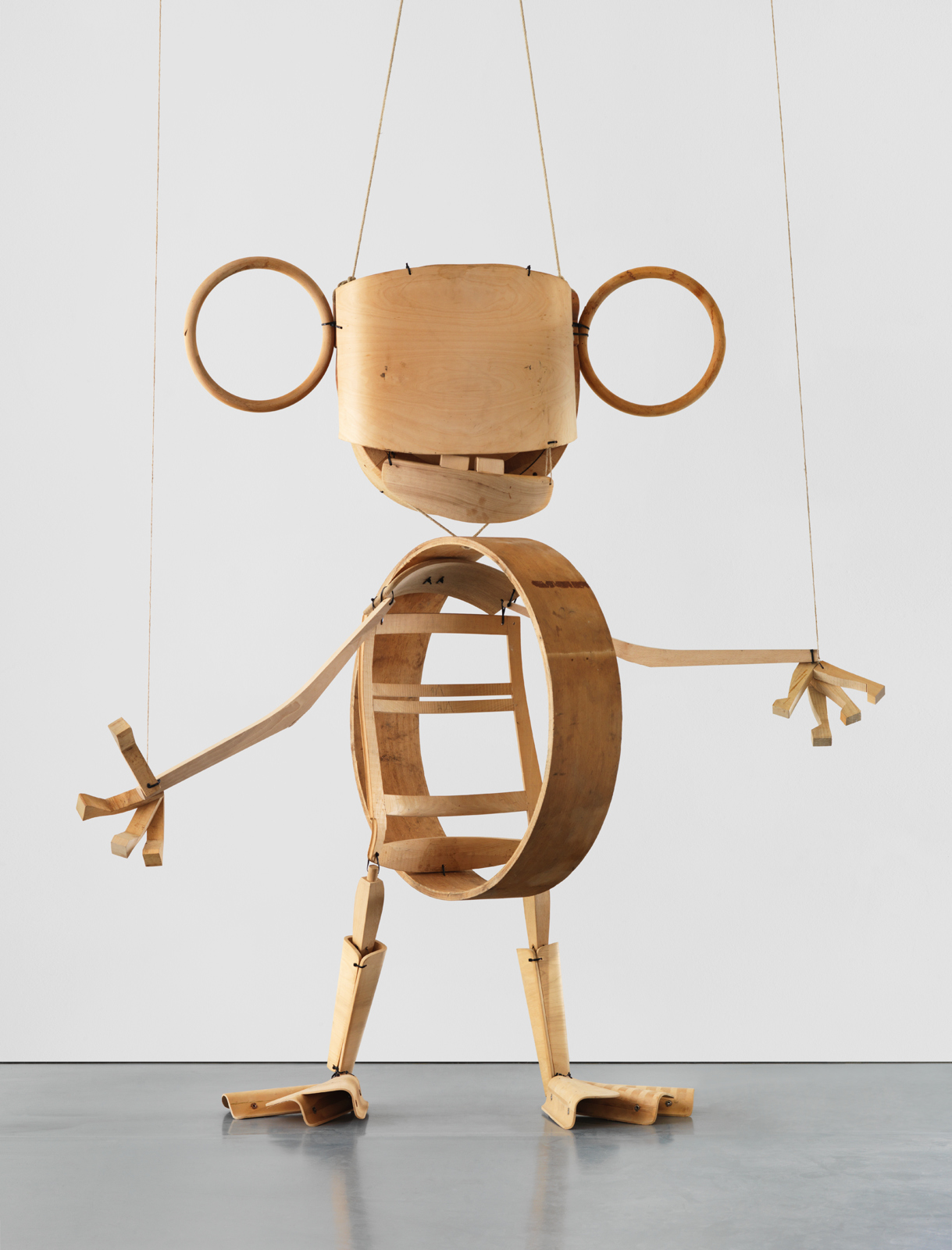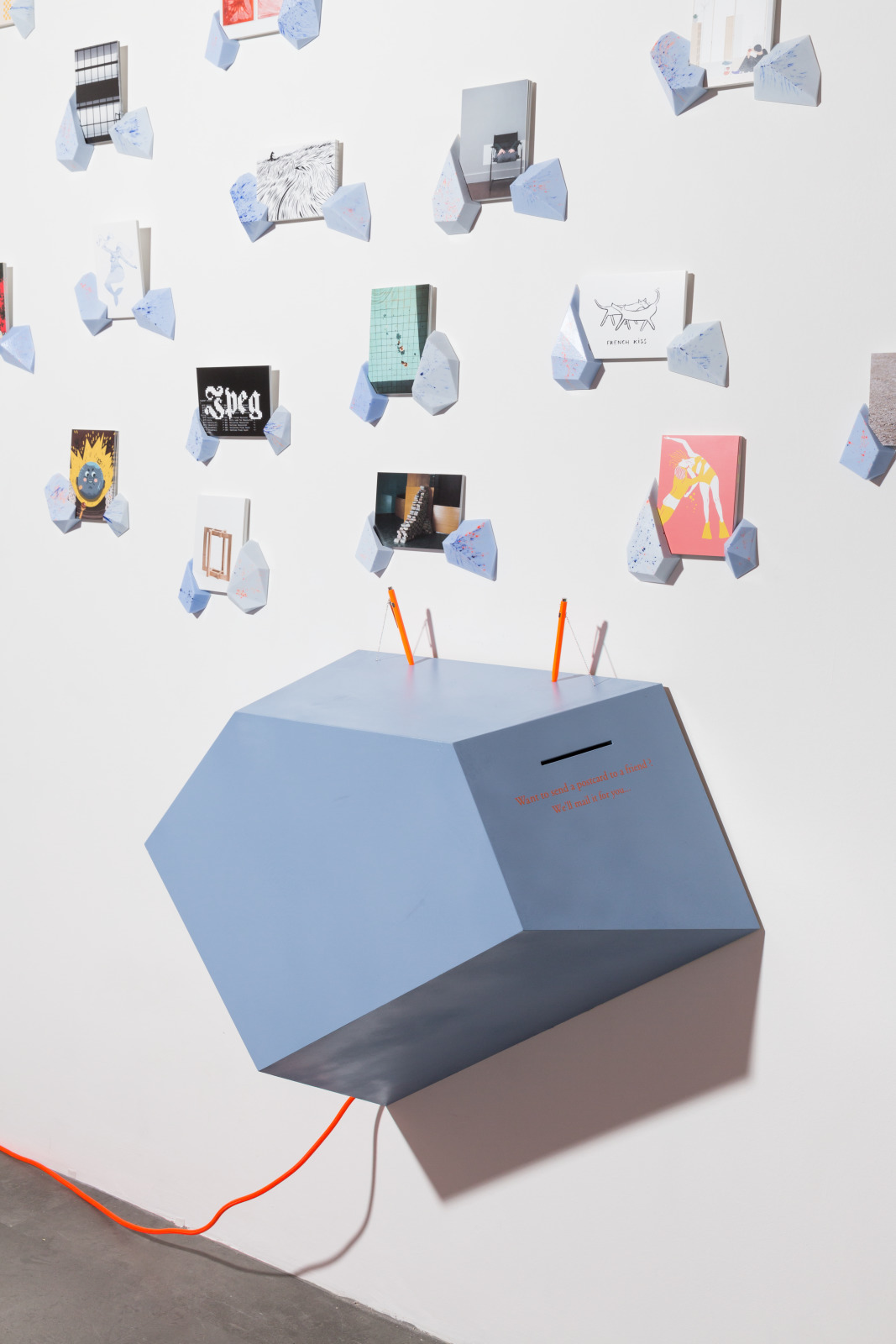Show attitude
SUSANNA KOEBERLE • 03.05.2018
The Swiss appearances at Fuori Salone demonstrated the wide range of Helvetian design: Surprising, self-confident, but also sometimes upgradable.
The Swiss presence at this year’s Fuori Salone was definitely noticeable. This was also shown by the «Swiss Design Map Milano», which was published by the Swiss consulate to mark the occasion of this design event of superlatives. Over 30 sites, spread over the whole city: Schools, institutions, manufacturers, design offices and a design gallery presented their products outside the trade fair. It was almost impossible to see everything, particularly as the Swiss were not the only ones who wanted to be visited. Making an international audience aware of Swiss design: This was certainly a common objective of the various players. The collective appearance on one map is the first step in the right direction, but the coordination and collaboration still seem a little out of kilter, as demonstrated by the pretty lifeless presence of the «Swiss Design District» in the Zona Tortona, which looked as if it had just been thrown together. This is because the setting is everything at the Salone – without it one is positively submerged among the mass of exhibitors.
Pro Helvetia presented works by six young design offices in the Palazzo Litta entitled «Swiss Design Love». Those involved were Diiis design studio, Egli Studio, Florian Hauswirth, kollektiv vier, Alain Schibli and schoenstaub. A few of the projects on show were also supported financially by Pro Helvetia as part of the focus on «Neue Zusammenarbeitsmodelle – Kultur und Wirtschaft» (New models of collaboration – culture and business), others by the Ikea Foundation Switzerland such as the innovative EASY ALUMINIUM garden furniture collection by Egli Studio from Lausanne.
Design processes are complex, and the path from prototype to market maturity is a long one. However, the moment is what counts in Milan. The exhibition on the ground floor of the Baroque palace with the four playful pieces was unusually colourful for a Swiss contribution and almost appeared slightly exotic. The presentation in the exterior area also contributed towards this because it radiated a relaxed pool-side atmosphere.
Creative processes were also the subject of the cooperation between the University of Art and Design Lausanne (ECAL) and the Italian lighting manufacturer Foscarini. The results of this cooperation could also be seen in the Palazzo Litta. Students from the second year of the «Master Product Design» course designed portable, mobile lighting. Nine designs were finally selected for the exhibition. Depending on the materials and shape, the lights turned out very differently. They appear sophisticated and surprising at the same time and look fascinating as a result of the interplay between handicraft and modern technologies.
The ECAL was – as always for the Salone – present at several locations. A larger, still ongoing research project of ECAL was the starting point for one of the most successful exhibitions at the Fuori Salone. «Taxonomy of Joints» is investigating how individual elements can be combined with each other in product design. The «U-Joints» exhibition in the PlusDesign gallery brought together prototypes, fragments, investigations and finished products from over 50 offices and designers, including also 12 former students from the ECAL. The show was curated by Anniina Koivu (Head of Design Theory at the ECAL) and the architect Andrea Caputo.
Six other ECAL-alumni and a design studio from Basel demonstrated their own initiative and amalgamated spontaneously for their appearance in Milan. This was how the «Instant Collective» was established. The collective exhibited at one of the locations of «Ventura Future». As far as the future is concerned: The topic does not seem to fit in so well at the Salone, but it seems to make manufacturers and designers shine every year when they present yet another chair and the zillionth table. Nothing against design items, as people do also need beauty, but as a visitor it’s difficult to shake off the impression that this also masks a large number of problems. Design can’t save the world, but it can offer solutions. Such approaches and reflections were evident several times in what was showcased at «Ventura Future».
But let’s return to «Instant Collective», which focussed on current everyday requirements with its various designs. Even if the items are not revolutionary: They refer to a change in habits and try to react to specific issues. Such as to the fact that many people spend most of their time sitting on a chair. This frequently causes back problems and difficulty concentrating. The «Moove» chair by Yasunori Morinaga was developed in collaboration with a neurologist from Massachusetts Institute of Technology (MIT). It has a seat that is divided in two to make movement possible and this stimulates the brain. The sleek chair is also impressive from a visual perspective. Many items by «Instant Collective» are portable or assembled modularly.
The fact that one can make something new from old fragments, was proven by the installation «Riesen mit Zwerg» (Giant with dwarf) by Stephan Hürlemann at «Ventura Centrale». The scenography for Horgenglarus had already been shown at the last «Designers’ Saturday». Presentations can also be recycled because the expense is simply far too high for one-off appearances. The audience in Milan appreciated the playful presentation with the figures, which had been made from old parts of chairs. The jury at the «Milano Design Award 2018» was very taken with the wondrous being: The installation was honoured with an award in the «Unicorn» category. In this category awards are given to manufacturers, who stand out through innovative and surprising twists with their own products.
«In My Head» by the Geneva School of Art and Design (HEAD) set a counterpoint to many presentations. Over an area of 250 m² visitors were able to immerse themselves in the world of students and teaching staff and pause there for a moment. The various installations, which arose under the leadership of Simon Husslein (Department of Interior Architecture), vividly demonstrated what is taught and experienced at the School. This showed that importance is also placed on interdisciplinary collaboration. In addition, the installations shed light on the various facets of creativity. This ability of humans does not only create beautiful useless things, but is also a driving force for innovation.
